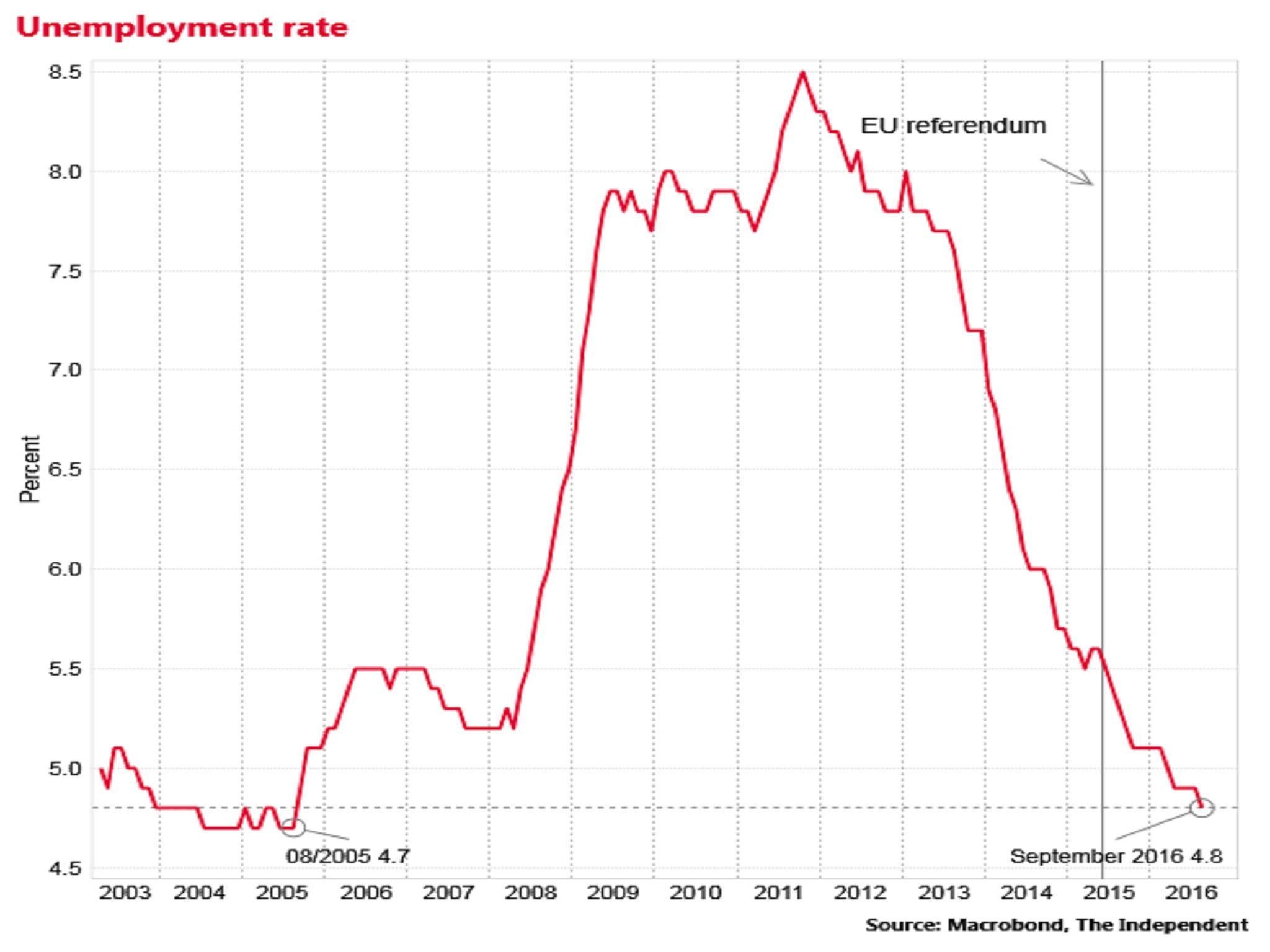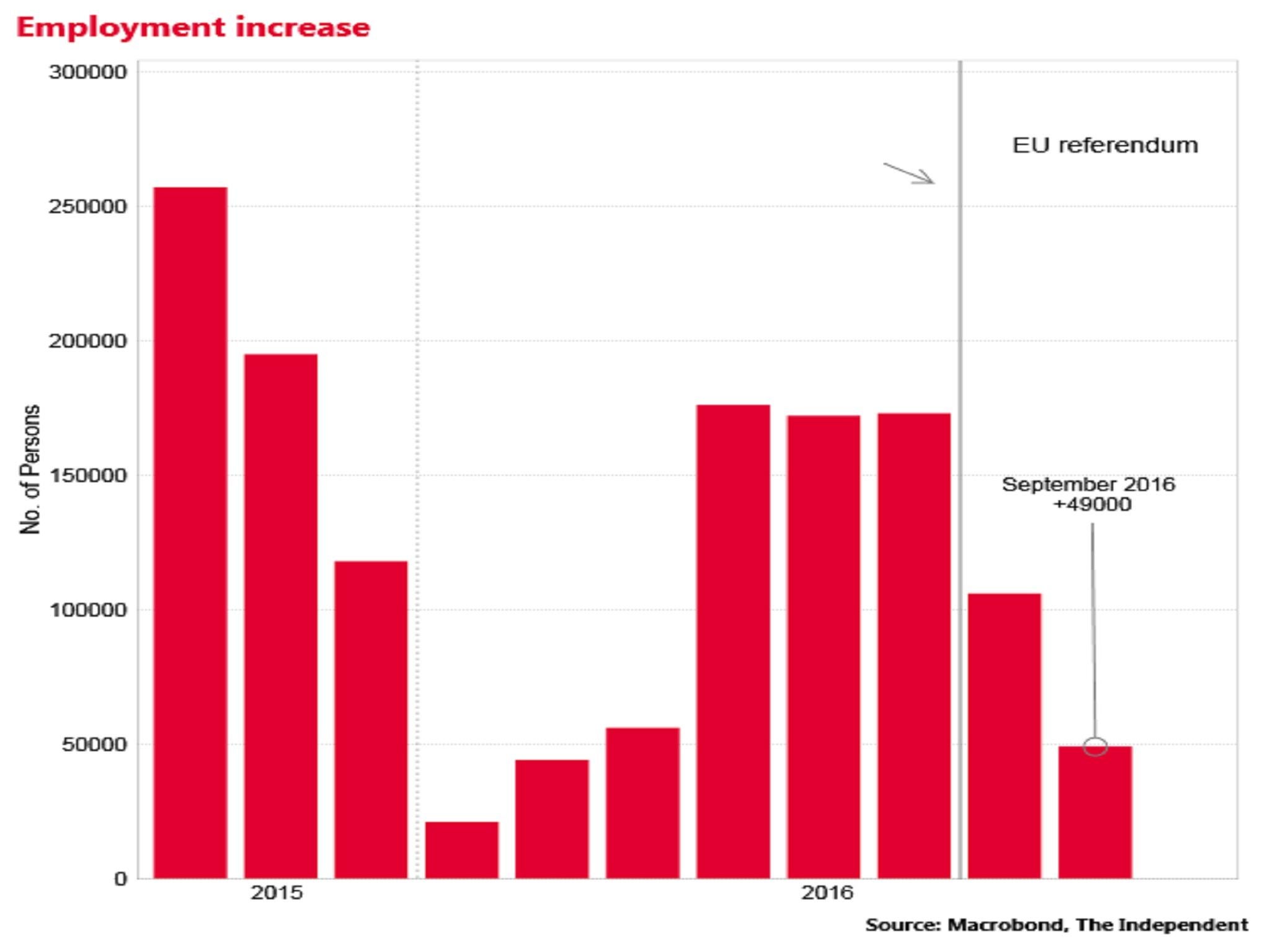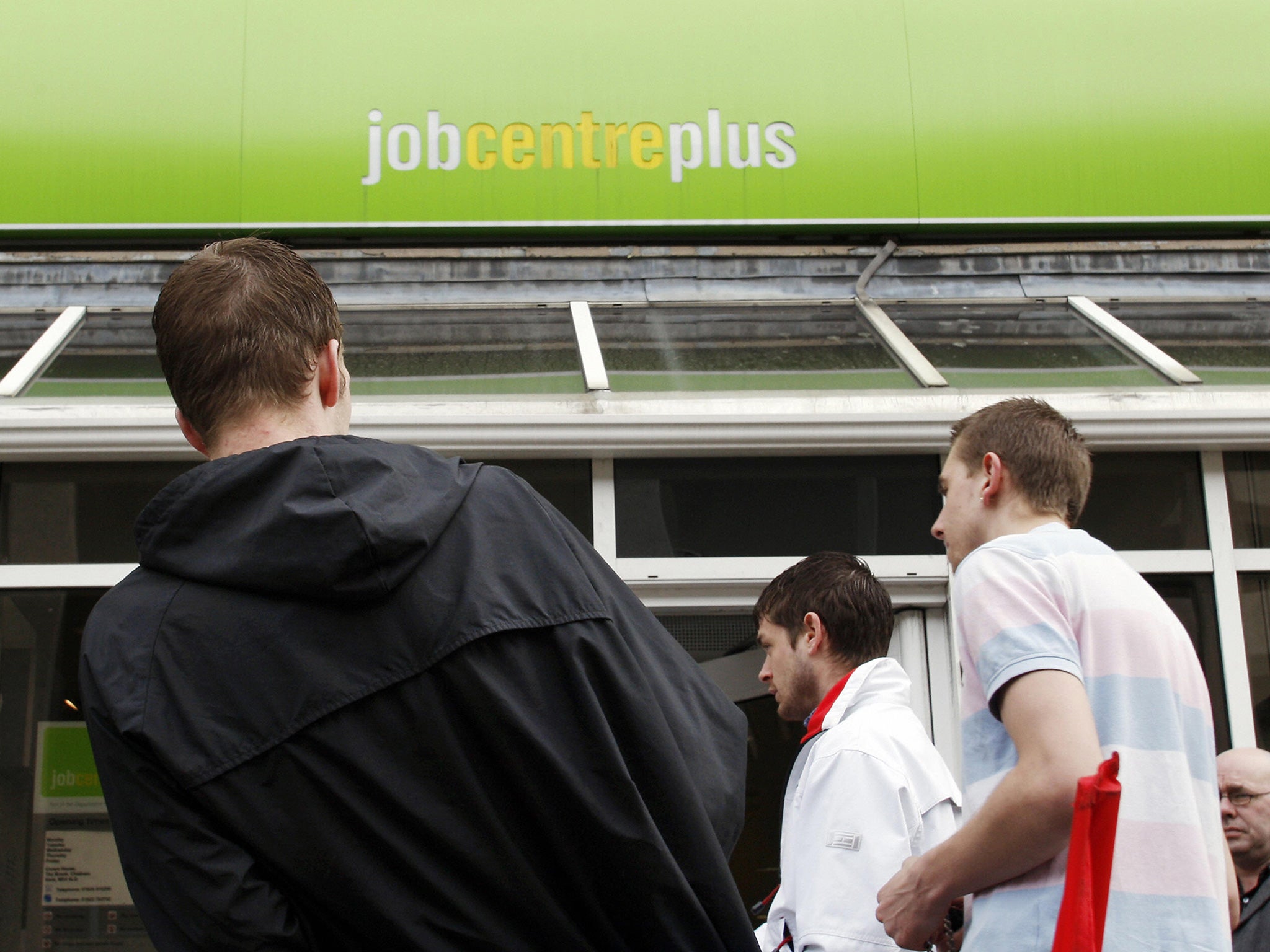Your support helps us to tell the story
From reproductive rights to climate change to Big Tech, The Independent is on the ground when the story is developing. Whether it's investigating the financials of Elon Musk's pro-Trump PAC or producing our latest documentary, 'The A Word', which shines a light on the American women fighting for reproductive rights, we know how important it is to parse out the facts from the messaging.
At such a critical moment in US history, we need reporters on the ground. Your donation allows us to keep sending journalists to speak to both sides of the story.
The Independent is trusted by Americans across the entire political spectrum. And unlike many other quality news outlets, we choose not to lock Americans out of our reporting and analysis with paywalls. We believe quality journalism should be available to everyone, paid for by those who can afford it.
Your support makes all the difference.The unemployment rate has fallen to its lowest rate in 11 years, but analysts warned of signs of a hiring slowdown in the wake of the 23 June Brexit vote.
The Office for National Statistics reported that the jobless rate edged down to 4.8 per cent in September, from 4.9 per cent previously, the lowest rate since since the summer of 2005.
11 year low

However, the ONS pointed to "signs that the labour market might be cooling", with the number of people in employment rising by only 49,000 in the three months to September, the slowest increase since the three months to March.
Labour market slowdown?

The numbers out of work fell by 37,000 and the workforce grew by 12,000, which delivered the modest tick down in the jobless rate.
The numbers inactive rose by 49,000, or 0.5 per cent, the biggest increase since 2013.
In its most recent forecasts, the Bank of England predicted the jobless rate will increase to 5.6 per cent in two years' time as firms cut back on hiring due to the uncertainty created by the UK's departure from the European Union.
The more timely claimant count figures from the ONS showed a 9,800 increase in the numbers claiming the dole and universal credit in October, higher than the 2,000 increase forecast by City analysts.
The September claimant count increase was revised up to 5,600, from 700 previously.
"Today's figures confirmed the indications from the surveys that the leave vote is starting to sap the jobs recovery of its previous strength," said Ruth Gregory of Capital Economics.
Average weekly earnings in the three months to September rose at an annual rate of 2.3 per cent, unchanged from the previous ONS report.

Join our commenting forum
Join thought-provoking conversations, follow other Independent readers and see their replies
Comments